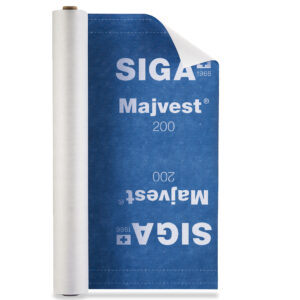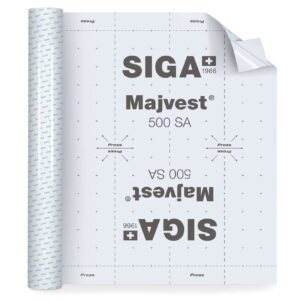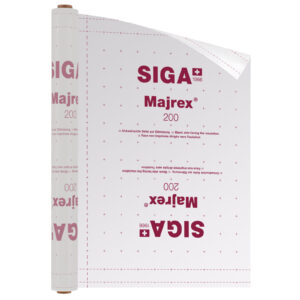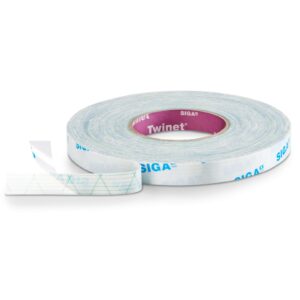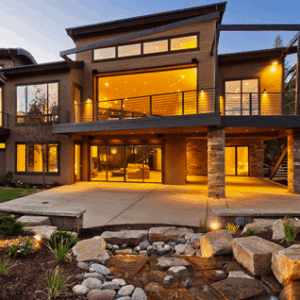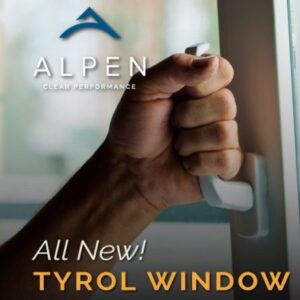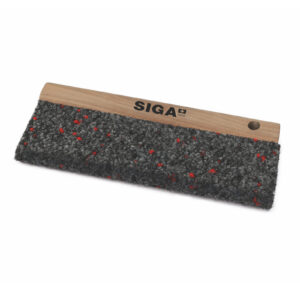Shop
Showing 1–16 of 24 resultsSorted by latest
-
SIGA Fentrim 430 grey
$101.19 – $207.45Price range: $101.19 through $207.45 -
SIGA Wigluv
$66.09 – $680.17Price range: $66.09 through $680.17 -
SIGA Wigluv Black
$88.66 – $886.64Price range: $88.66 through $886.64 -
SIGA Fentrim IS 20
$86.31 – $647.28Price range: $86.31 through $647.28 -
SIGA Majvest
$121.90 – $617.42Price range: $121.90 through $617.42 -
SIGA Majvest 500 SA
$246.58 – $822.21Price range: $246.58 through $822.21 -
SIGA Majvest 700 SOB
$670.43 -
SIGA Rissan
$37.26 – $499.95Price range: $37.26 through $499.95 -
SIGA Majrex
$499.37 -
SIGA Twinet
$56.36 -
SIGA Majpell
$367.67 – $735.14Price range: $367.67 through $735.14 -
SIGA Wetguard 200 SA
$282.64 – $1,130.54Price range: $282.64 through $1,130.54 -
Protected: Phoenix Haus
-
Alpen Zenith Series Windows
-
Alpen Tyrol Series Windows
-
SIGA Squeegee
$31.99





